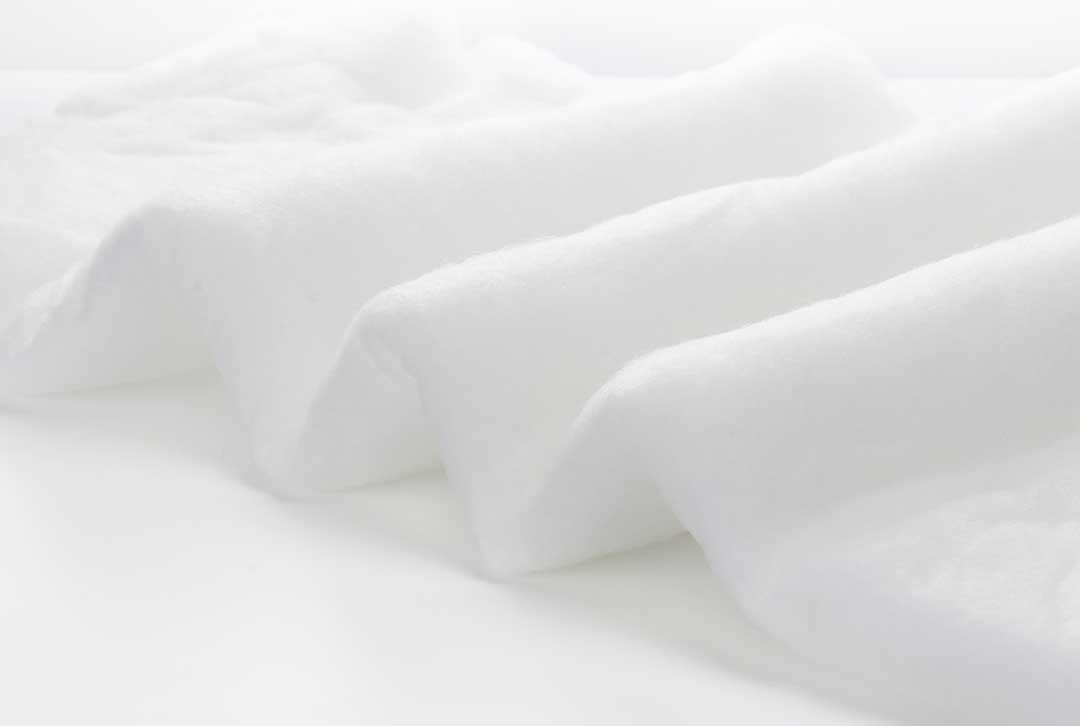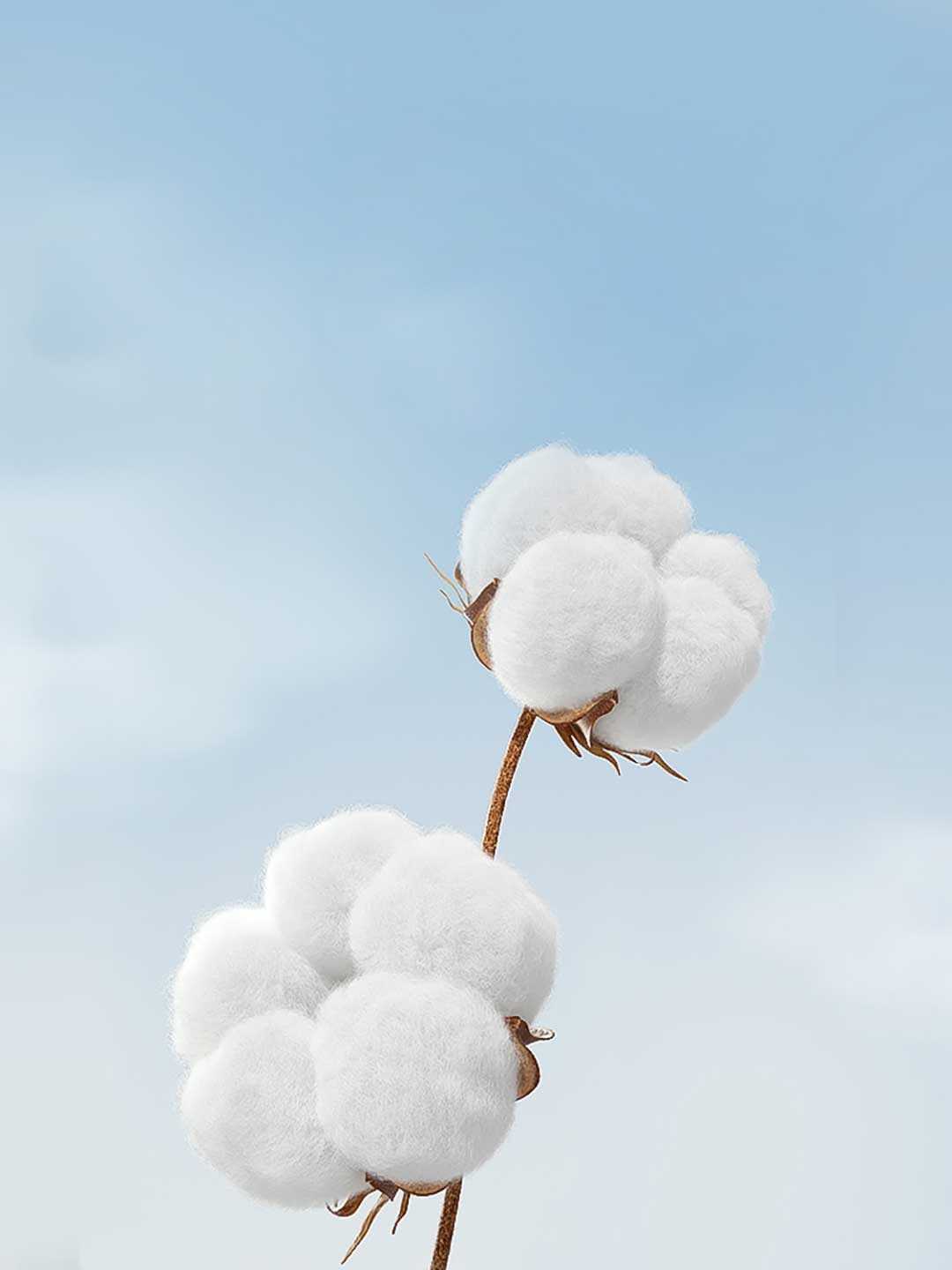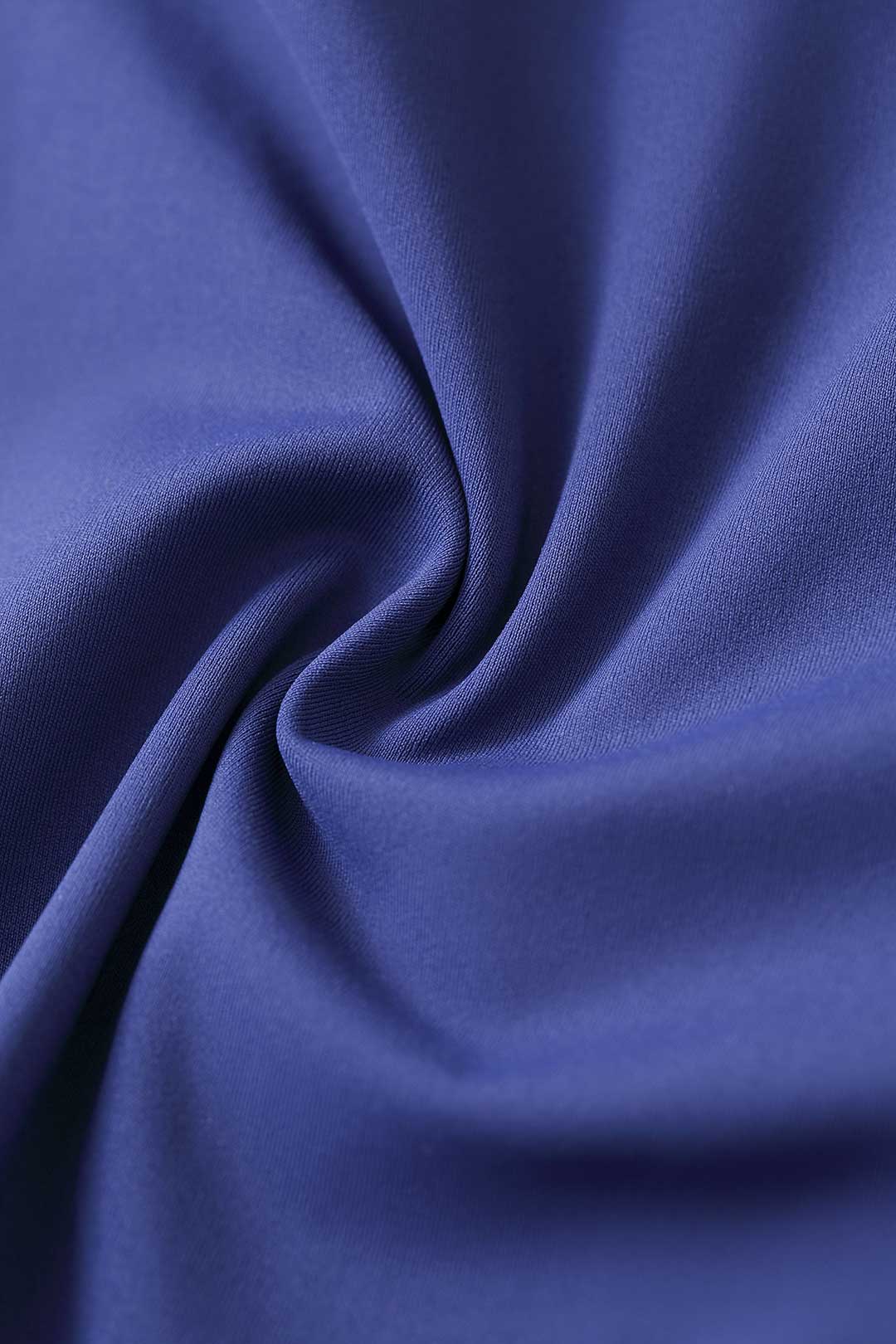When comparing modal fabric to cotton, discerning their differences can prove challenging, especially given their apparent visual similarities. To the untrained eye, they may seem almost indistinguishable.
Modal fabric boasts natural stretchability, superior water absorption compared to cotton, and excellent breathability. Conversely, cotton is renowned for its breathability, comfort, and durability. Each fabric harbors its unique advantages and drawbacks, aiding in the quest for the ideal material.
Modal, a fusion of natural and synthetic fibers, offers a plethora of perks. Although its weave may be tighter, potentially rendering it less breathable than cotton, modal exhibits a remarkable water absorption capacity, approximately 50% greater than that of cotton. This attribute renders it particularly suitable for sweltering summer days.
Thus, the battle is on! Which is better: modal or cotton?
Modal Fabric vs. Cotton

Modal is a kind of fabric that's partially synthetic and commonly used in activewear. It can be mixed with stretchy fibers like spandex and elastane for added flexibility. Even after many washes, it remains twice as soft as cotton.
Modal fibers are biodegradable and break down in various conditions like at home, in soil, and even in the ocean. However, being made partly from natural cellulose fibers and being biodegradable doesn't automatically make it eco-friendly. To understand its sustainability, it's important to consider the chemicals used in its production.
Modal, a type of rayon created in the 1950s, is a stretched form of viscose rayon, which makes it softer and stronger, especially when wet. It's produced from wood pulp, specifically from beech trees, and undergoes multiple chemical processes to become yarn.
Cotton is a natural fabric derived from the fluffy fibers of the cotton plant's seed pods, which burst open after flowering. Each pod contains thousands of small fibers about 28mm long. Cotton plants face threats from about 30 types of insects, leading farmers to often use pesticides to protect the crop.
Harvesting of cotton typically occurs from March to June, when the entire plant is collected, and the fluffy part, known as the boll, is removed. After separating the cotton from the seeds, it's compressed, stored, and then processed at textile mills, where it's cleaned and spun into yarns for weaving. While cotton production involves chemical processing and pesticide use, choosing organic cotton helps reduce chemical contamination.
Similarities of the Modal Fabric and Cotton Fabric

Modal and cotton stand out as popular choices in the textile world. While they have noticeable differences, they also share several similarities:
Natural and Biodegradable
Both modal and cotton come from natural sources. Cotton is a natural fiber obtained from cotton plants while modal is a semi-synthetic fabric made from beech trees.
They both break down naturally, lessening their environmental impact.
Soft
Both modal and cotton feel soft and gentle on the skin, providing a comfortable wearing experience.
Versatile
They can be used for making clothing, underwear, bed sheets, and various other textile products.
Despite their similarities, modal and cotton have distinct characteristics and are suited for different purposes. The choice between them depends on specific needs and personal preferences.
Differences Between Modal Fabric and Cotton Fabric

Cotton and modal are distinct fabrics despite often being utilized for similar clothing items. Modal was initially created as a substitute for cotton, hence the resemblances. However, beyond their raw materials and production methods, these textiles possess unique properties.
Durability
Durability refers to a fabric's ability to endure everyday use, including washing and drying. One advantage of modal fabric is its superior durability compared to cotton. Modal fabric outlasts cotton, maintaining its shape and color for a longer duration.
Cotton dyes tend to fade with time, whereas modal fabric exhibits greater colorfastness. Additionally, the modal fabric is resistant to pilling.
Despite modal's superior durability, with proper care, cotton can also endure for a considerable period. High-quality cotton sheets and clothing can be expected to remain in good condition for several years.
Softness
Modal fabric boasts a luxurious, silk-like texture, significantly softer than cotton. This attribute stands as an advantage of modal fabric, although premium cotton varieties such as Pima and Egyptian can rival its softness.
Softness in cotton is also influenced by blending with other fibers and construction methods, with ringspun cotton and longer staples yielding a softer feel. Conversely, the softness of the modal fabric remains consistently high, except for the micro modal, an even softer and finer variation.
Moisture-Wicking Ability
Modal fabric excels in moisture-wicking capabilities, surpassing cotton in this aspect. This stands as an advantage of modal fabric as it outperforms cotton in absorption and can effectively balance moisture on both sides of the fabric, facilitating easy evaporation into the air.
Breathability
Cotton boasts superior breathability which may not be modal's strongest suit. However, modal still surpasses other synthetic fibers like polyester in breathability. This remains an advantage of cotton fabric. Additionally, both cotton and modal can be blended with other fiber types to enhance their breathability.
Thermal Retention
Cotton fabric shines in thermal retention, although it's not typically considered a winter fabric. Both cotton and modal excel as summer fabrics, but cotton holds an advantage in this regard.
Use of Chemicals
Modal fabric presents several impressive properties to consider despite being semi-synthetic. It boasts exceptional absorbency, being 50% more absorbent than cotton. Moreover, it excels in moisture-wicking, breathability, and resistance to shrinkage or distortion. Modal fabric feels softer than cotton, and it can be mixed with natural materials, such as wool, to make clothes warmer without losing quality.
Additionally, modal is more colorfast and durable than cotton, and its production requires less water. However, one of the disadvantages of modal fabric lies in the chemicals used during the production process, which can pose problems.
Modal Fabric vs. Cotton: Your Choice
Modal fabric and cotton each possess unique characteristics and advantages. Cotton fabric is praised for its breathability, moisture absorption, durability, and stretchiness. In contrast, the modal fabric offers softness, smoothness, excellent moisture absorption, and antibacterial properties. Deciding between these fabrics hinges on individual preferences and requirements.
Ultimately, the choice between cotton and modal fabric relies on your specific usage. Choose the cotton fabric if you prioritize durability and stretch in your clothing or underwear. Conversely, if you desire a soft and smooth texture, modal fabric might be the better option. Assess your needs and preferences carefully to make a well-informed decision that suits your requirements.
Explore our Modal collection of tops and bottoms that guarantee ultimate softness and comfort, ideal for relaxing at home, workouts, travel, and running errands.


